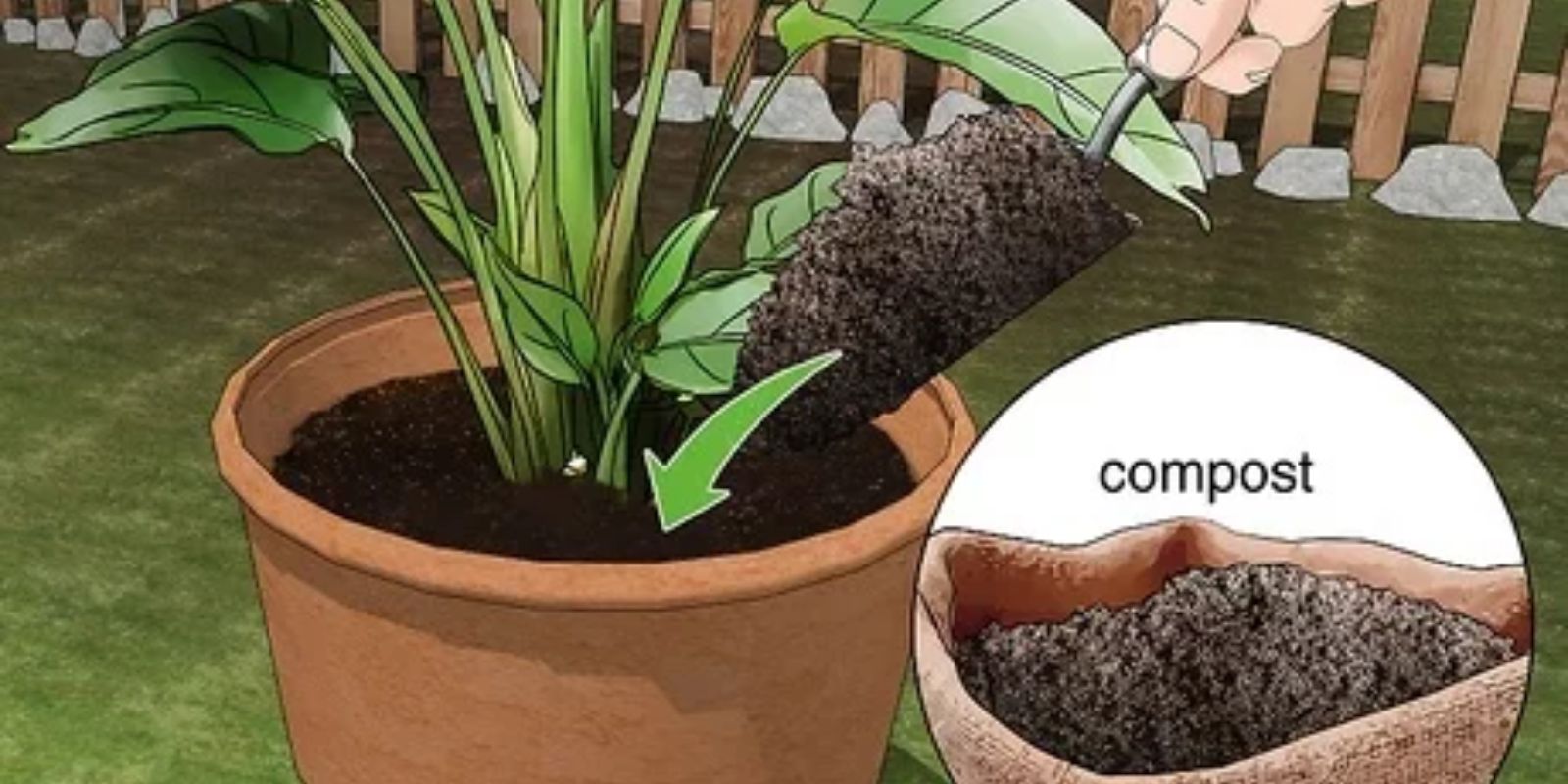Tall planters have gained popularity for their sleek aesthetic and space-saving functionality. Whether used for flowers, vegetables, or ornamental greenery, a well-filled tall planter can elevate your garden design while ensuring optimal plant health. However, improper filling can lead to soil compaction, water drainage issues, and unnecessary weight. This guide walks you through the process of filling a tall planter correctly, ensuring a thriving garden in any space.
Why Use Tall Planters?
Tall planters are not just for aesthetics; they offer practical benefits as well:
- Space Efficiency: Perfect for patios, balconies, and small gardens.
- Improved Drainage: Tall planters allow better water flow, preventing root rot.
- Versatility: Suitable for various plants, from cascading flowers to upright shrubs.
- Ease of Use: Reduced need for bending, making gardening more accessible.
Understanding how to fill a tall planter effectively will maximize these benefits while reducing the potential drawbacks of poor soil health and excess weight.
Materials Needed to Fill a Tall Planter
Before starting, gather these essential items:
- A tall planter with drainage holes.
- Lightweight filler material (foam blocks, plastic bottles, or broken pots).
- Landscape fabric or weed barrier.
- High-quality potting mix.
- Compost or organic matter (optional, for added nutrients).
- Plants suited for the planter’s size and location.
Step-by-Step Process to Fill a Tall Planter
1. Prepare the Planter
Ensure your planter has adequate drainage holes at the bottom. This step is crucial to prevent waterlogging, which can damage roots and lead to plant disease. If the holes are too large, place a piece of mesh or a coffee filter over them to keep soil from escaping while still allowing water to drain.
2. Add a Lightweight Base
Filling the entire planter with soil is wasteful and makes the planter unnecessarily heavy. Instead, fill the bottom one-third with lightweight materials. Options include:
- Foam Blocks: Lightweight and durable, these provide excellent drainage.
- Plastic Bottles: Empty water bottles or soda bottles create air pockets and reduce soil use.
- Inverted Pots: Place old nursery pots upside-down for a sustainable filler.
This layer minimizes soil usage, keeps the planter manageable, and ensures proper drainage.
3. Create a Barrier Layer
Lay a piece of landscape fabric or a weed barrier over the filler material. This layer separates the filler from the soil, preventing the soil from settling into the gaps while allowing water to flow through. Ensure the fabric edges reach the planter sides to avoid soil seepage.
4. Fill with Potting Mix
Add a high-quality potting mix above the barrier. Avoid using garden soil, as it can become compacted in containers. For added nutrients, mix in some compost or organic matter. Fill until the planter is 2–3 inches from the top, leaving space for planting and watering.
5. Plant Your Greenery
Choose plants suited to the planter’s location (sunlight and temperature). Arrange them with enough space for their roots to grow. Cover their root balls with soil and gently press down to secure them.
6. Water Thoroughly
Water the planter deeply to settle the soil and eliminate air pockets. Ensure water flows freely out of the drainage holes.
Tips for Success
- Choose Plants Wisely: Combine plants with similar sunlight and water needs for cohesive growth.
- Monitor Soil Moisture: Tall planters can dry out quickly; check soil moisture regularly.
- Rotate the Planter: If one side receives more sunlight, rotate periodically for even growth.
- Refresh Soil Annually: Replace the top layer of soil each year to replenish nutrients.
- Add Mulch: A layer of mulch helps retain moisture and adds an aesthetic touch.
Creative Ideas for Tall Planters
- Herb Garden: Grow basil, parsley, and rosemary for a kitchen-friendly container.
- Seasonal Flowers: Plant cascading petunias, marigolds, or pansies for vibrant displays.
- Edible Greens: Grow lettuce, spinach, or strawberries for a fresh harvest.
- Ornamental Foliage: Use ferns or ornamental grasses for texture and height.
Common Mistakes to Avoid
- Skipping the Drainage Layer: Poor drainage can lead to root rot.
- Overfilling with Soil: Makes the planter heavy and reduces drainage efficiency.
- Ignoring Plant Compatibility: Combining plants with different needs leads to uneven growth.
- Neglecting Watering: Tall planters dry out faster; water consistently.
Conclusion
Filling a tall planter correctly ensures healthy plants and a manageable, visually appealing addition to your garden. By using lightweight filler materials, a proper barrier, and nutrient-rich potting soil, you can create an optimal environment for your plants to thrive.
🌿 Start your tall planter project today! Share your creations, ask questions, or show off your thriving greenery in the comments. Let’s grow together!
#ContainerGardening #PlanterHacks #GardeningTips #UrbanGardening #DIYPlanters

